


Hello friends! Welcome to Liliya Lieba Culture Museum. I am your personal voice guide-Wei Jia, and I will show you around this modern Russian folk custom tourist attraction integrating architecture, culture and tourism development.

The Lieba pile displayed contains more than 40 kinds of Lieba models. Lieba, transliterated from хлеб in the Russian language, meaning Russian-style bread, also generally referring to food and grain, represent hospitality, symbolizes friendship,
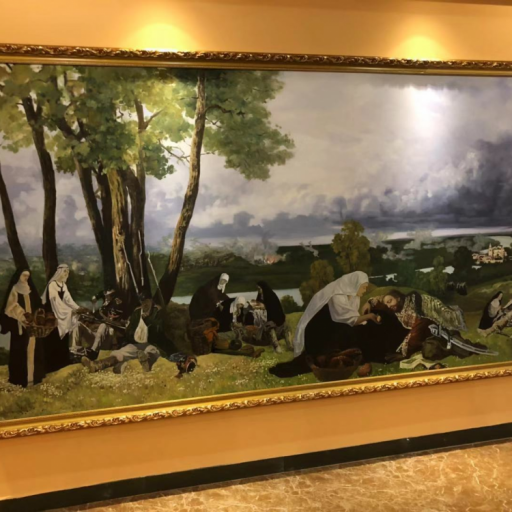
This painting is about the Russian-French Battle in 1812, which broke out in a small mountain village called Borodino on the outskirts of Moscow. Due to being greatly outnumbered,
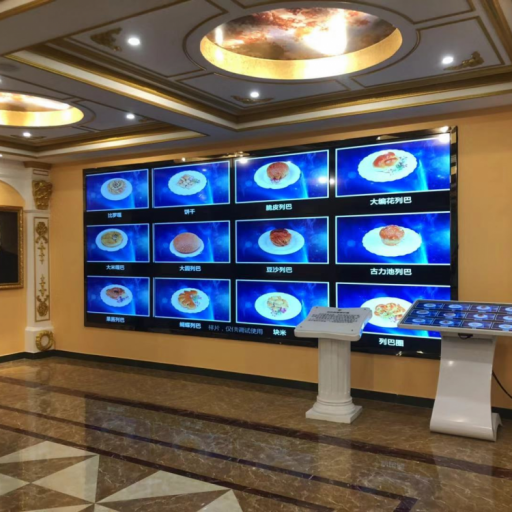
Leba has rich nutritional value, containing essential vitamins B and E, biologically active substances and minerals such as calcium, potassium, iron, sodium, phosphorus and zinc
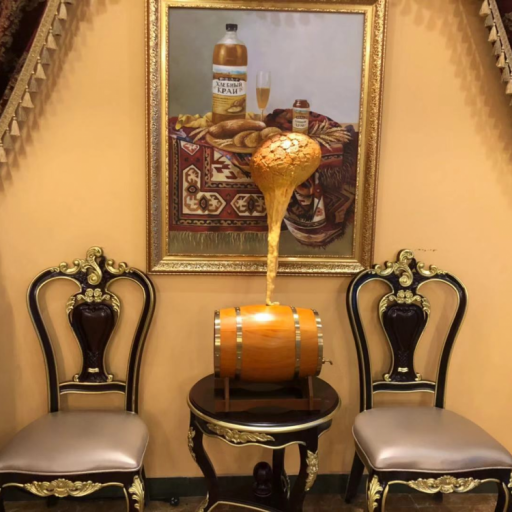
Kbac, meaning fermentation in Russian, is made from dried Lieba and sugar after 72 hours' fermentation, containing vitamins, amino acids, lactic acid bacteria and other beneficial ingredients for the human body

The screen on the right side is telling a story about the origin of Lieba. 2600 before Christ, a king of an ancient slave society in Egypt held a birthday party for his princess.
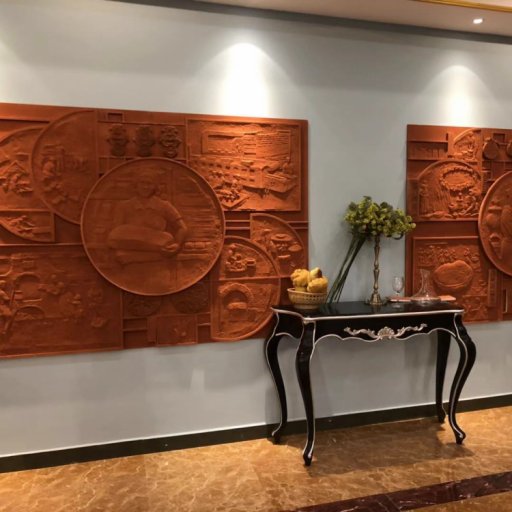
The two sand paintings in front of you main focus on the development of yeast technology and baking technology.
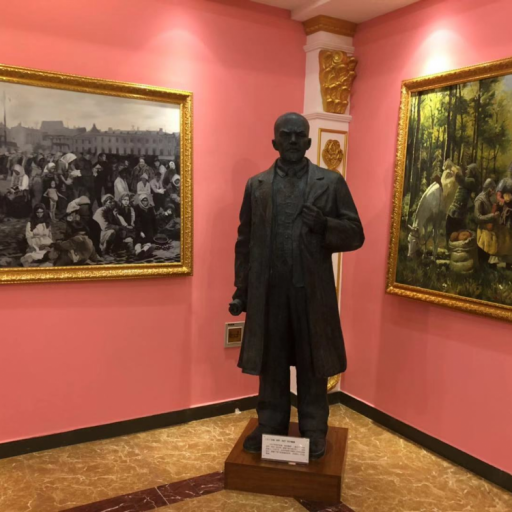
This exhibition hall tells about the social value of Lieba, which, as an important staple food of the Russians, has a profound influence on national development, social progress and religious culture.
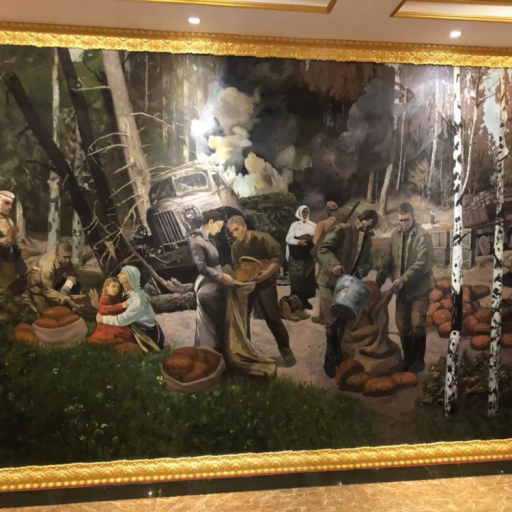
These two paintings reflect the significance of Lieba in battles. The Russian nation used to be a nomadic nation that fought for years with no fixed settlements.
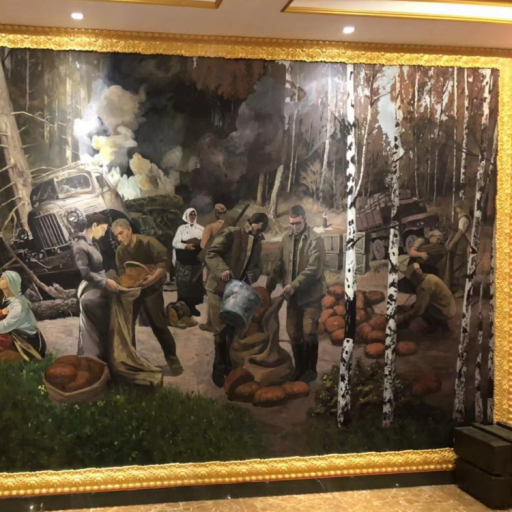
This painting depicts a scene trucks loaded with Lieba was bombarded during the war, in which Leningrad was besieged by German army from 1941 to 1944, and the Russian army's food reserves could only hold out for 35 days.

The painting depicts a famous historical event-Argument about Sacred Bread. In middle of the 11th century, before Christianity officially split into Catholicism and Eastern Orthodox,

This exhibition hall shows the folk customs of Russia, which lies in Eurasia, with the Pacific Ocean to the east, the Baltic Sea to the west and the Arctic Ocean to the north, covering an area of 1,709 square kilometer, with a population
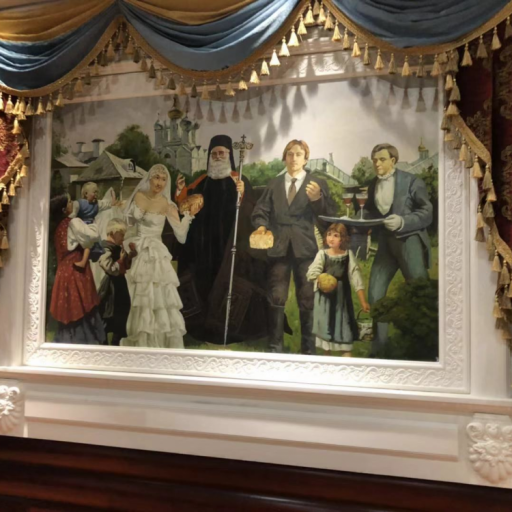
The two paintings reflect the passionate, outgoing and simple life attitudes of the Russian people. The left painting depicts the daily life of the Russians.

Shown in Photo: in 1861, Alexander II abolished the serfdom, and freed serfs dedicated Lieba symbolizing new birth and hope to Alexander II.
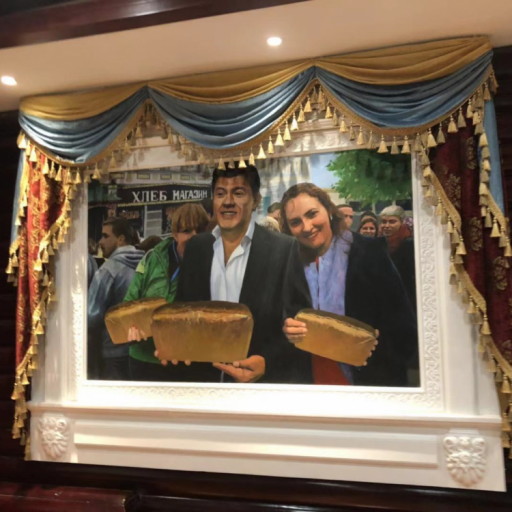
The wood carving right ahead of you tells about the hope put in Lieba. In the Russian tradition, when a family plans something important, the family will throw a Libra slice into the river to let it flow down the stream and ask a dog to get it back.

This painting depicts a Russian aristocratic family at table. They eat simply and just cut Lieba into slices and spread butter, jam and caviar on the slices.
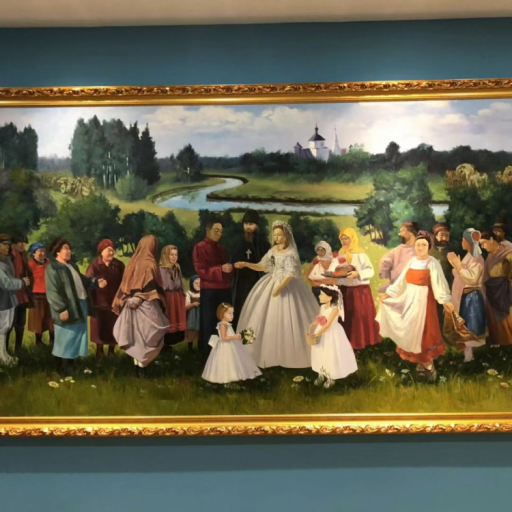
At the end of the 19th century and the beginning of the 20th century, the nobles and capitalists in Belarus were exiled to the millennial mother river Erguna Riverside to avoid the coming trouble
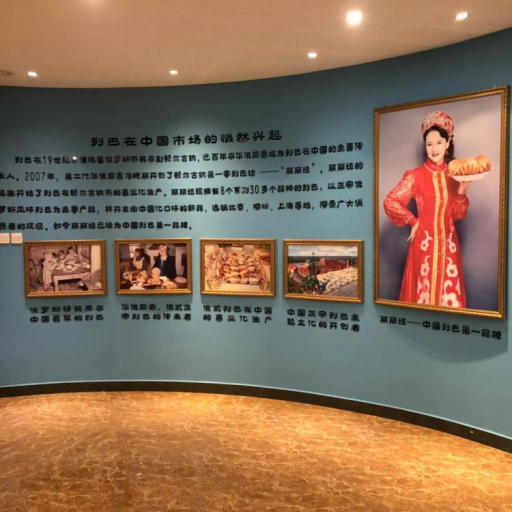
The descendants of Chinese-Russian intermarriages are one of the 56 ethnic groups in China, Russian ethnic minority group.
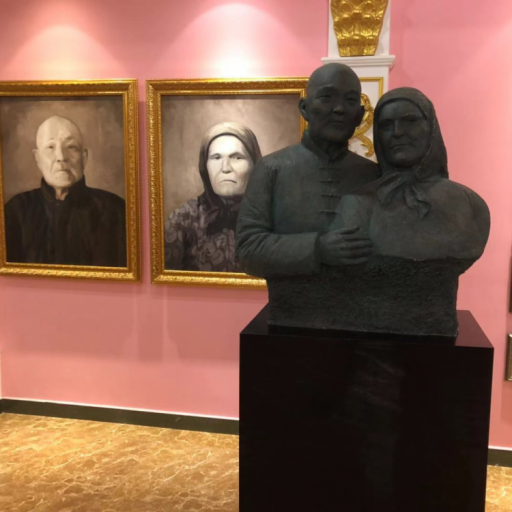
The left exhibition area depicts a happy love story in a special historical period. In the 19th century
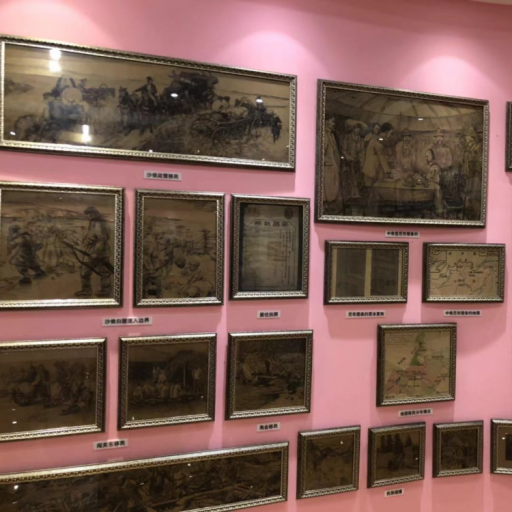
This exhibition area shows immigration-related data. In history, Russian immigrants mainly came from two sources.
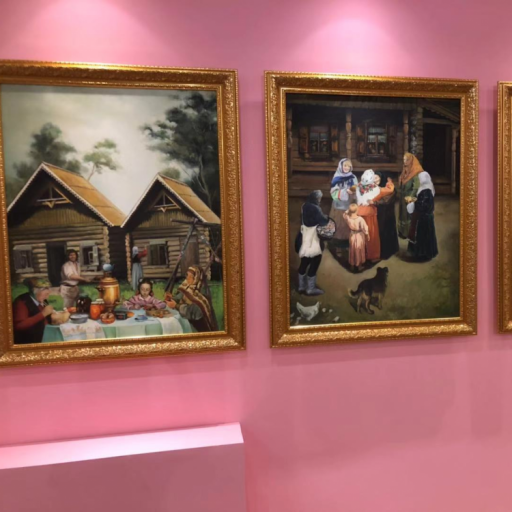
These three paintings depict a very important festival in Russia- Basque Festival, i.e. Easter, which is observed in the last 7 days of April every year, during which people paint their houses
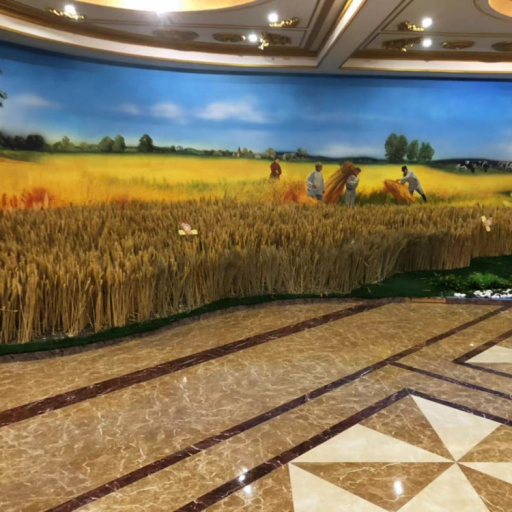
This golden wheat field is Erguna alpine wheat grown 50° North Latitude, one crop a year, sown in Spring and harvested in August.

We are about to enter Liliya's 60m-long production and sightseeing factory to witness how Lieba is made. Liliba, as China's first comprehensive business architecture integrating Lieba production
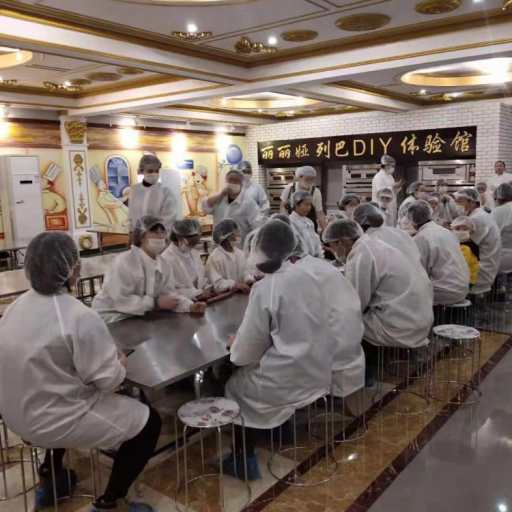
On the left is the Lieba DIY Experience Hall built by Liliya Food Co., Ltd. at great cost, where visitors can go into the air shower for disinfection after putting on professional clothes.

Right in front is the picturesque scenery of Erguna. Beautiful Erguna means presentation and dedication in the Mongolian language. It is a multi-ethnic gathering place and the birthplace of ethnic Mongolians.
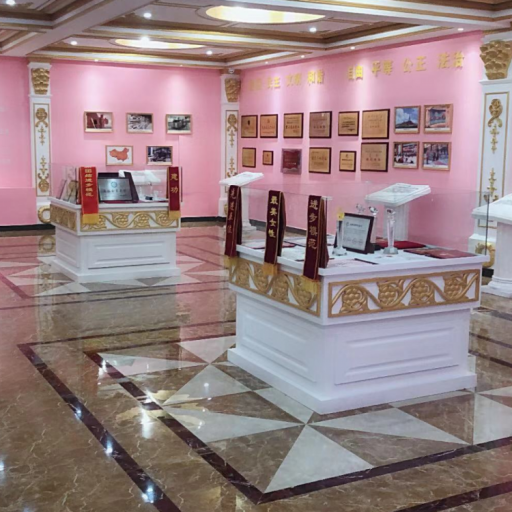
Corporate culture is the soul of enterprise development. In the past 11 years, Liliya has appreciative comments and praises from all walks of life for its solid work style and determination to make healthy food. In 2017

Downstairs in front is Liliya's product display and sales area, were you can more intuitively feel and taste Liliya's 8 series of health products, i.e. crispy crust series, biscuit series